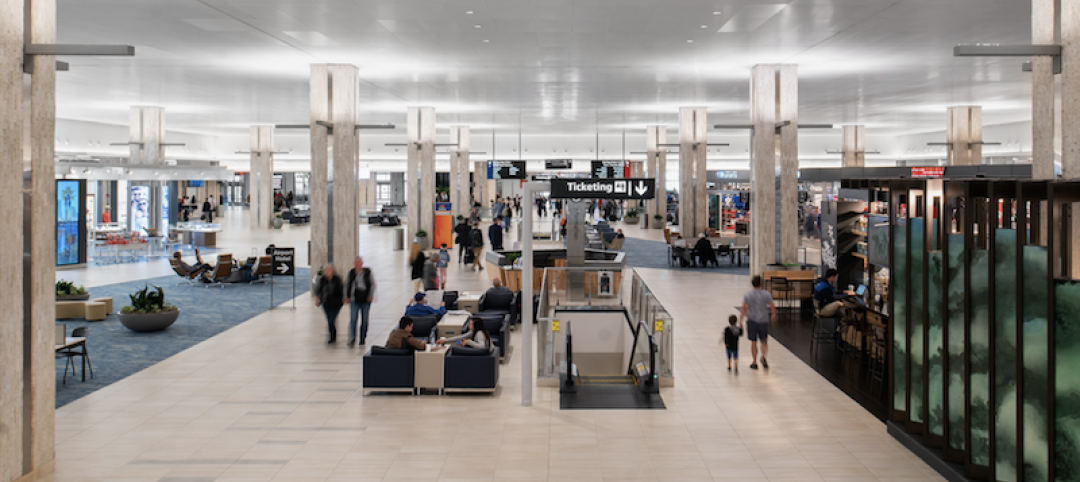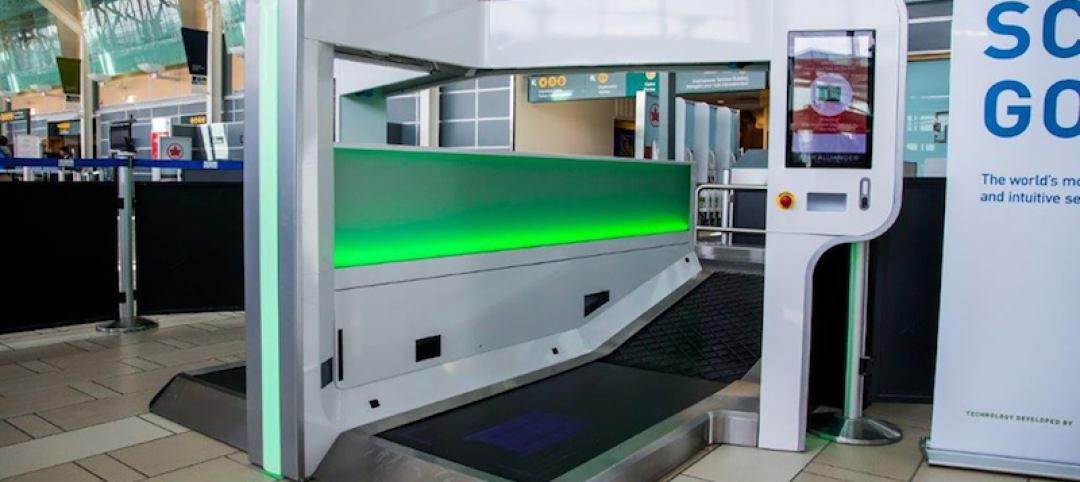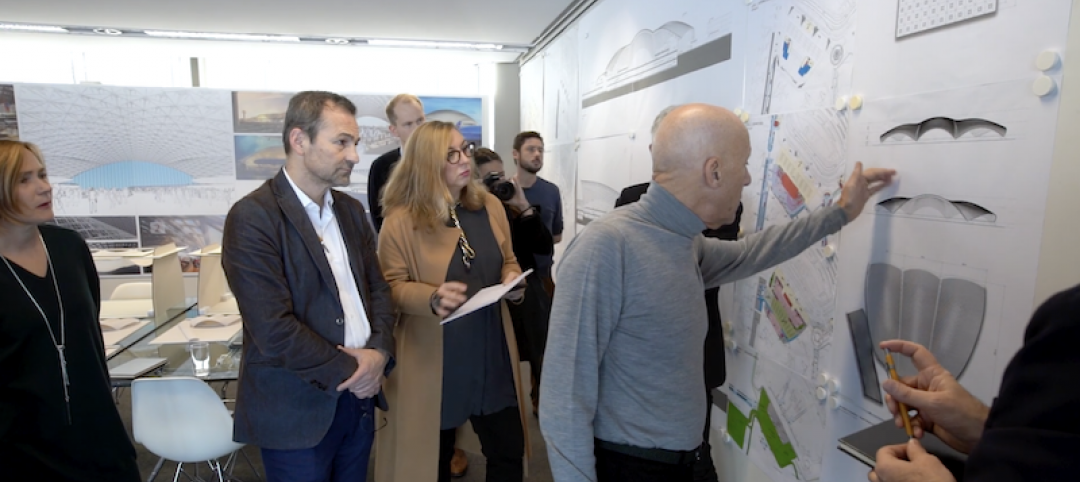Thermal bridging has a huge effect on energy efficiency in windows. Designers typically try to specify thermally broken or thermally improved window frames, only to be forced by budget constraints to settle for standard frames.
The determination of the age and make of a window should provide some idea as to whether the frame has a thermal break, says George M. Blackburn III, AIA, NCARB, who chairs the Dallas Building Enclosure Council and serves on the national board of the Building Enclosure Technology & Environment Council.
A visual inspection of the window is often sufficient to determine the condition and degree of any deterioration, defects, or damage, and whether the glass is single pane or insulated, he says.
Many existing steel and aluminum sashes were not originally configured with a thermal break. Furthermore, says Jonathan A. Morris, AIA, of Carmine Wood Morris. It’s “nearly impossible” to add thermal breaks into an existing framing system, as the area of cold aluminum is so small in relation to the glass area. When full replacement is not an option, you’ll have to settle for insulating the glass.
In the case of fixed-glass commercial windows, there are companies that can custom manufacture a retrofit glazing insert over the existing window that will provide a thermal break and insulating air space between the existing glass, says Blackburn. This can be installed on either the interior or exterior and is less expensive than a complete replacement of the existing window.
Kevin Kalata, with Wiss, Janney, Elstner Associates, offers these tips to control thermal bridging:
1. Align the thermal breaks in the frames with the insulating glass unit.
2. For storefronts, use thermally broken subsill members. Subsills are required at the base of storefront systems for drainage of water that penetrates into the system. Thermally improved subsills may use vinyl or other low-conductive materials for subsill end dams when thermally broken dams are not available.
3. For curtain walls, maximize the thermal separation distance between the aluminum pressure plate and structural mullion. Where higher thermal performance is needed, consider using fiberglass or vinyl pressure plates and spacers in lieu of aluminum plates.
4. Use insulated glass units for both vision and spandrel areas. Stainless steel or thermally broken “warm-edge” spacers are often used as a means of reducing thermal bridging effects between the glass lites. Other options for improved thermal performance include triple-glazed window units or vacuum-insulated glass. Spandrel glazing options for higher thermal performance also include the use of vacuum-insulated panels that are sandwiched between the exterior glass lite and the interior metal facer.
5. Align the thermal break in the window system as closely as possible with the insulation in the surrounding wall assembly. Offsets between insulation layers and thermal breaks in windows can provide a heat flow path or thermal bridge. Give careful consideration to the placement of the window within the opening in order to minimize thermal bridging effects.
6. Provide adequate separation between perimeter claddings and the window system to minimize direct heat loss. Attachment clips or angles should be located on the inboard side of the thermal break as well as the inboard side of the perimeter wall construction insulating layer, where possible. Never extend clip supports across the thermal break.
7. Provide thermal breaks in all perimeter flashings or trim that surround the window. Flashings and trim should not extend beyond the thermal break in the window system. Flashing extensions are often created by preformed silicone sheets or membrane flashings.
8. Apply an air barrier at the perimeter of the window system that is integrated with the surrounding wall system. Air flow around the frames from the exterior or from cavities within the wall system that are vented to the exterior can reduce the performance benefit of thermal breaks.
Related Stories
Airports | Feb 28, 2019
Renovation of Tampa International Airport’s Main Terminal completes
Skanska and HOK led the design-build team.
Airports | Feb 26, 2019
Design team unveils Terminal Modernization Program at Pittsburgh International Airport
The terminal’s design philosophy combines nature, technology, and community.
Airports | Feb 21, 2019
Self-service bag drops and the challenges of speeding up airport baggage check-in
More airports are asking passengers to check their own baggage. What’s the ripple effect?
Airports | Feb 10, 2019
Chicago searches for the right design to expand O’Hare Airport and make passenger connections less stressful
Competition finalists took different approaches to rethinking the logistics of a gigantic, hectic space.
Airports | Oct 31, 2018
Foster + Partners’ Mexico City Airport has been cancelled
The project was set to cost $13.3 billion.
Airports | Aug 3, 2018
Airport trends 2018: Full flights with no end in sight
As service demand surges, airports turn to technology, faster building techniques.
Airports | May 31, 2018
Denver's airport city
Cultivation of airport cities is an emerging development strategy shaped by urban planners, civic leaders, airport executives, and academics.
| May 24, 2018
Accelerate Live! talk: Security and the built environment: Insights from an embassy designer
In this 15-minute talk at BD+C’s Accelerate Live! conference (May 10, 2018, Chicago), embassy designer Tom Jacobs explores ways that provide the needed protection while keeping intact the representational and inspirational qualities of a design.
Retail Centers | Apr 19, 2018
Miami International Airport is home to the first Johnnie Walker store in the U.S.
The store will be a permanent fixture in the airport’s North Terminal.
Airports | Feb 21, 2018
Terminal Modernization: Why Bother? Part II
This is the second post in our series examining why airport operators should bother to upgrade their facilities, even if capacity isn’t forcing the issue.
















